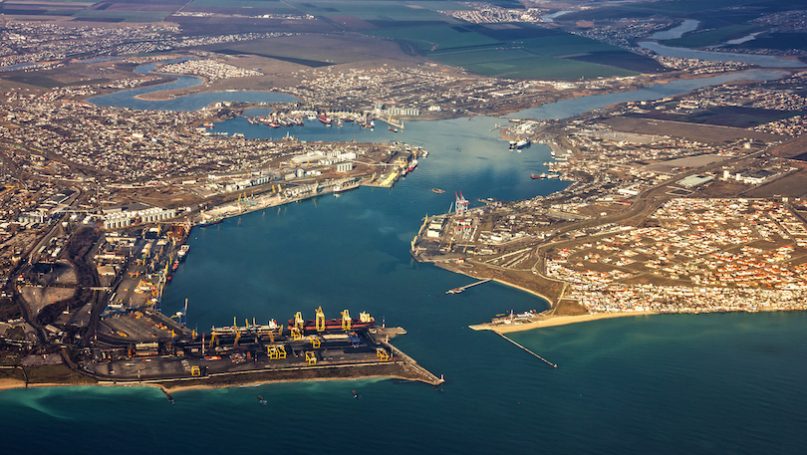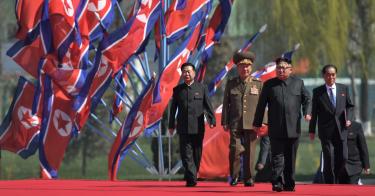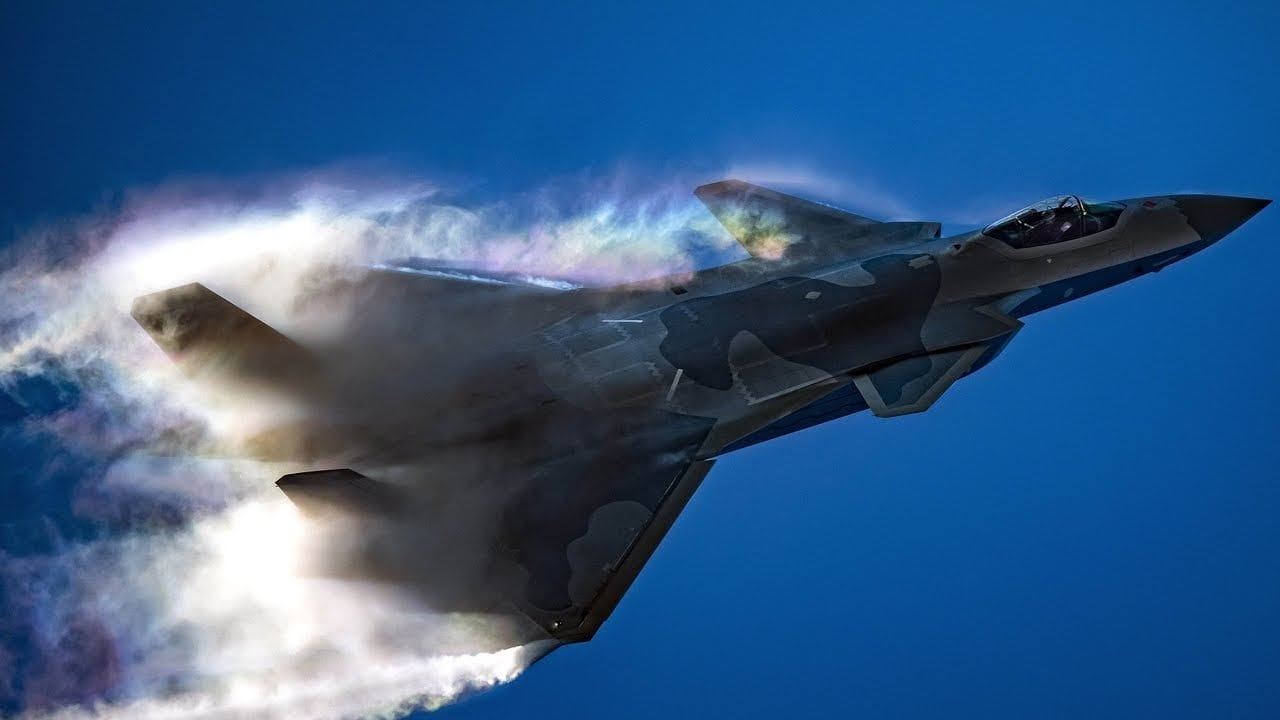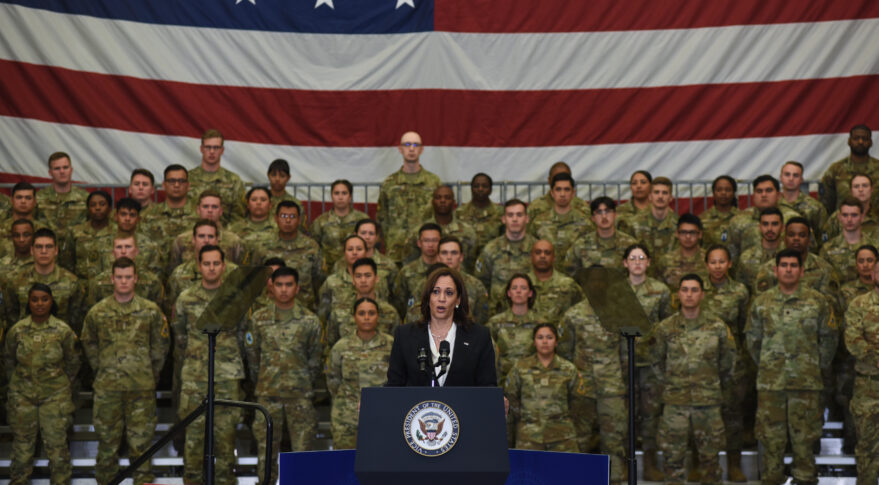Adam Tooze
In the coming decades, we face a revolutionary shift in the balance of world affairs—and it is likely not the one you are thinking of.
Since the 1990s, the idea that we might be entering an “Asian century” has preoccupied and disorientated the West. However, once we take in view the long sweep of history, the return of China and India to the center stage of world affairs is less a revolution than a restoration.
For most of the last 2,000 years, the great Chinese and Indian empires were the center of world trade and home to the most sophisticated civilizations. Their growing influence in the world today is the rectification of the anomaly that arose in the 1700s as a result of the yawning divergence in per capita income between “the West” and “the rest.” Successive industrial revolutions and waves of colonial conquest created a world in which economic and military power was radically misaligned with population.








